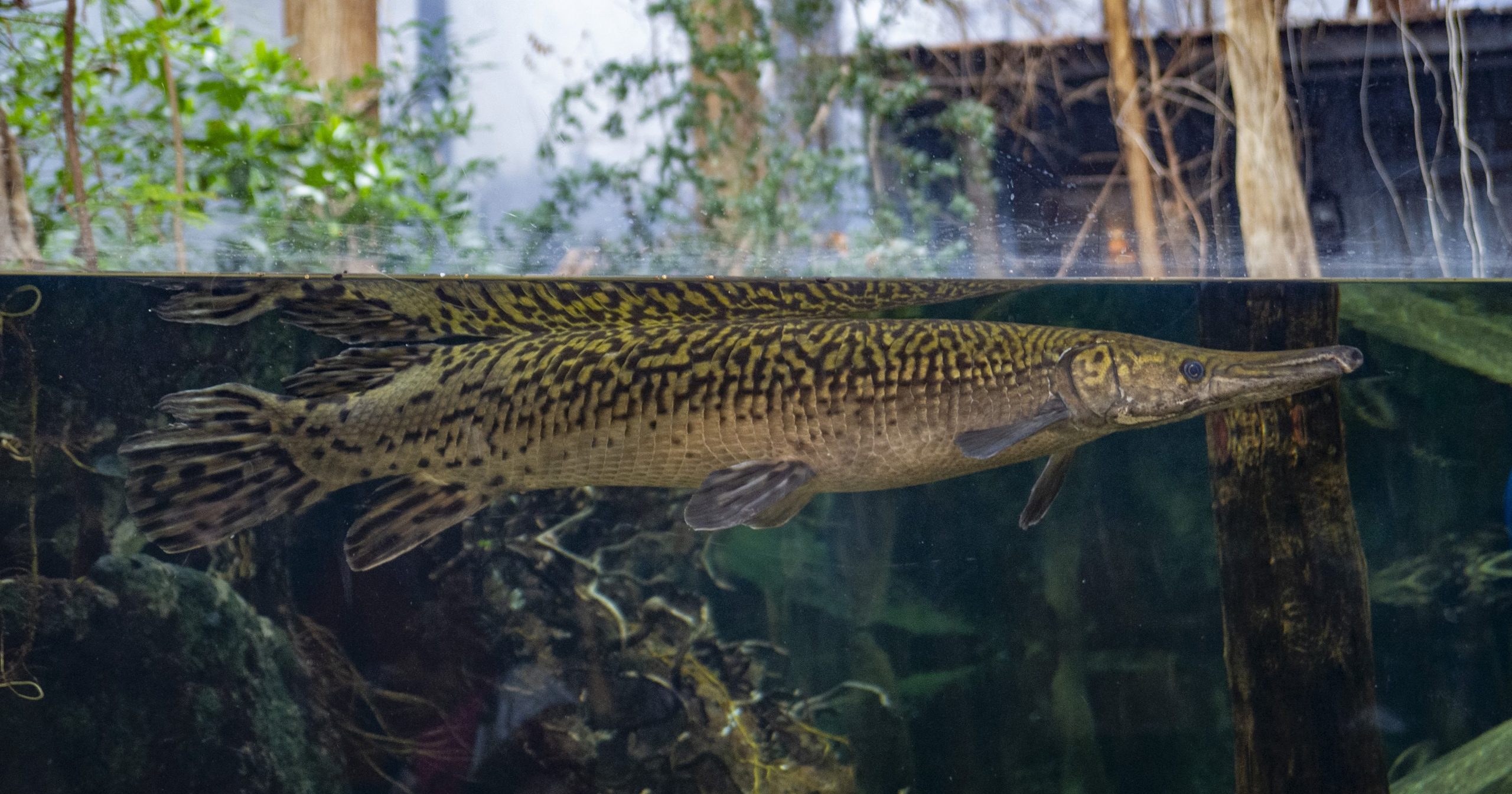On Exhibit
Appalachian Cove Forest
Of the three species of trout living in the Tennessee Aquarium, only the brook trout ("brookie") is native to southern Appalachian mountain streams. The other two species we exhibit (rainbow trout and brown trout) were introduced to the area. Brookies are easy to spot. They are a dark grey or olive green with spots, but their most distinctive marking is the silvery white strip that borders most of their fins. This is a breeding male brook trout. Notice the intense coloration -- golden on the sides and a bright orange to scarlet on the bottom. During spawning season, the bright colors and hooked lower jaw distinguish the males from the females, enabling the female brook trout to identify the male. The brighter the colors and the larger the hooked jaw, the more attractive the male is to the female.
Brook trout are considered an indicator species. When habitat is damaged, brook trout are one of the first species to decline. Major threats to brook trout are poor land management, increase in water temperature and introduction of non-native species such as brown trout. Although not listed under IUCN, they are heavily monitored by several conservation groups including Trout Unlimited and the US Forest Service.






